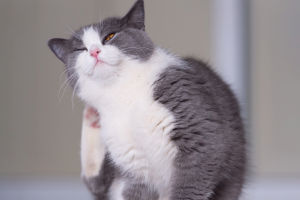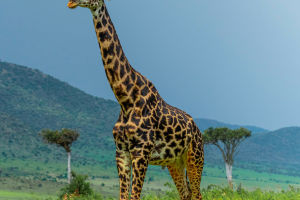In nature, the owl is the only bird with a round face and forward-facing eyes, and biologists have even designated a new biological category for it - the Strigiformes.
More than 130 species of owls have been discovered, distributed on all continents except Antarctica.
In most people's impression, owls are generally considered unattractive creatures, with their dull coloring, eerie calls, and nocturnal habits ruining their reputation in the bird world. However, despite being a typically recognized unattractive species, some members of their family are quite beautiful, such as the snowy owl, a large and distinctive species of owl.
Many people have likely encountered snowy owls through the Harry Potter series, where the protagonist, Harry Potter, keeps a snowy owl named Hedwig as his messenger in the magical world, cementing the adorable image of snowy owls in people's minds. Let's explore the world of snowy owls and discover more about their cultural and historical significance.
The most significant difference between snowy owls and other birds in the Strigiformes order is their coloration. While most other birds in this order are shades of black-brown, brown, or gray-brown, snowy owls are primarily white. Coupled with their cat-like large heads, snowy owls appear incredibly cute and amusing overall.
However, despite their cute appearance, snowy owls are unequivocally large raptors. Adult female snowy owls typically have a body length of around 65 centimeters, while male snowy owls are slightly smaller but can still reach around 60 centimeters in length.
Their large size, sharp talons, and keen eyesight give snowy owls formidable hunting abilities. In addition to generously providing various carnivorous animals with food, snowy owls also prey on wild rabbits and other bird species within the avian class.
They are swift flyers and are particularly adept at camouflage, especially when hunting in snowy environments, making them rarely miss their targets. Although their absolute combat power may not match that of some large birds of prey, their hunting success rate is generally higher.
In terms of reproductive capacity, snowy owls are among the strongest of all large raptors. Adult female snowy owls can lay around twelve eggs per year, a breeding ability that many large raptors find challenging to match. After laying eggs, female snowy owls stay in the nest to take on the task of incubation, while male snowy owls are responsible for finding food and ensuring the safety of family members.
The abundant supply of prey, such as lemmings and ptarmigans, provides snowy owls with more than enough food, even though the demand for food by their young is considerable.
These reasons have kept the population of snowy owls relatively stable. They can be found throughout the Arctic tundra and some islands within the Arctic Circle.
It's worth mentioning that, unlike most birds in the Strigiformes order, snowy owls hunt during the day and sleep in their nests at night. This led to instances of them being hunted by humans before legislation was put in place to protect them.
Besides human hunting, hardly any natural predators can threaten their lives. Despite their cute appearance, snowy owls possess the killing power of top-notch raptors, making even formidable predators like gyrfalcons and rough-legged buzzards wary.
Strictly speaking, snowy owls are not considered rare birds but are listed as protected species in many countries. In comparison, many other birds in the Strigiformes order with similar population sizes do not receive the same treatment.


